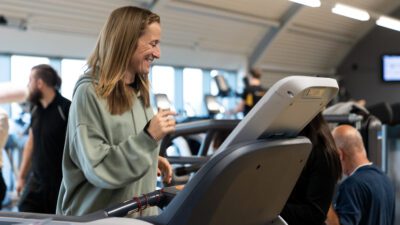
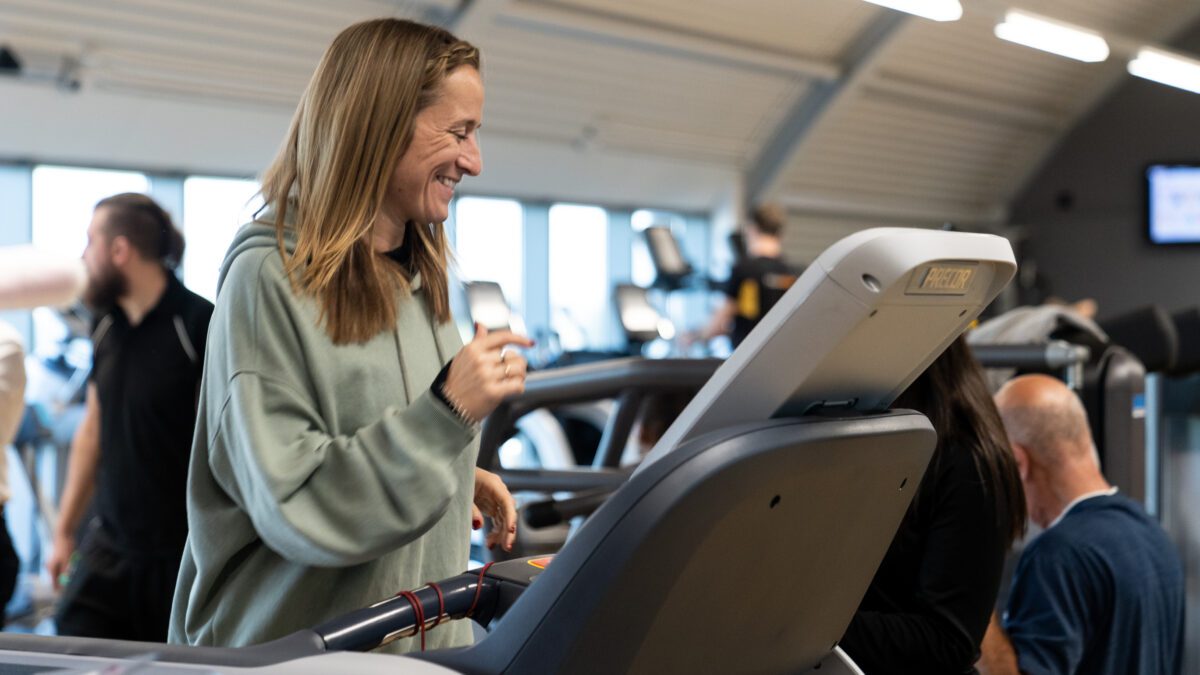


Considering a role in the fitness industry? Thinking you might like to become a gym instructor or personal trainer?
Great!
Through years of experience training some of the best the industry has to offer, we understand what the day to day of roles look like (and the skills and qualifications required).
We’ve broken down each job role in terms of responsibilities, qualifications, skills and salary. This will give you an idea of what you might do and help you decide if you are suited.
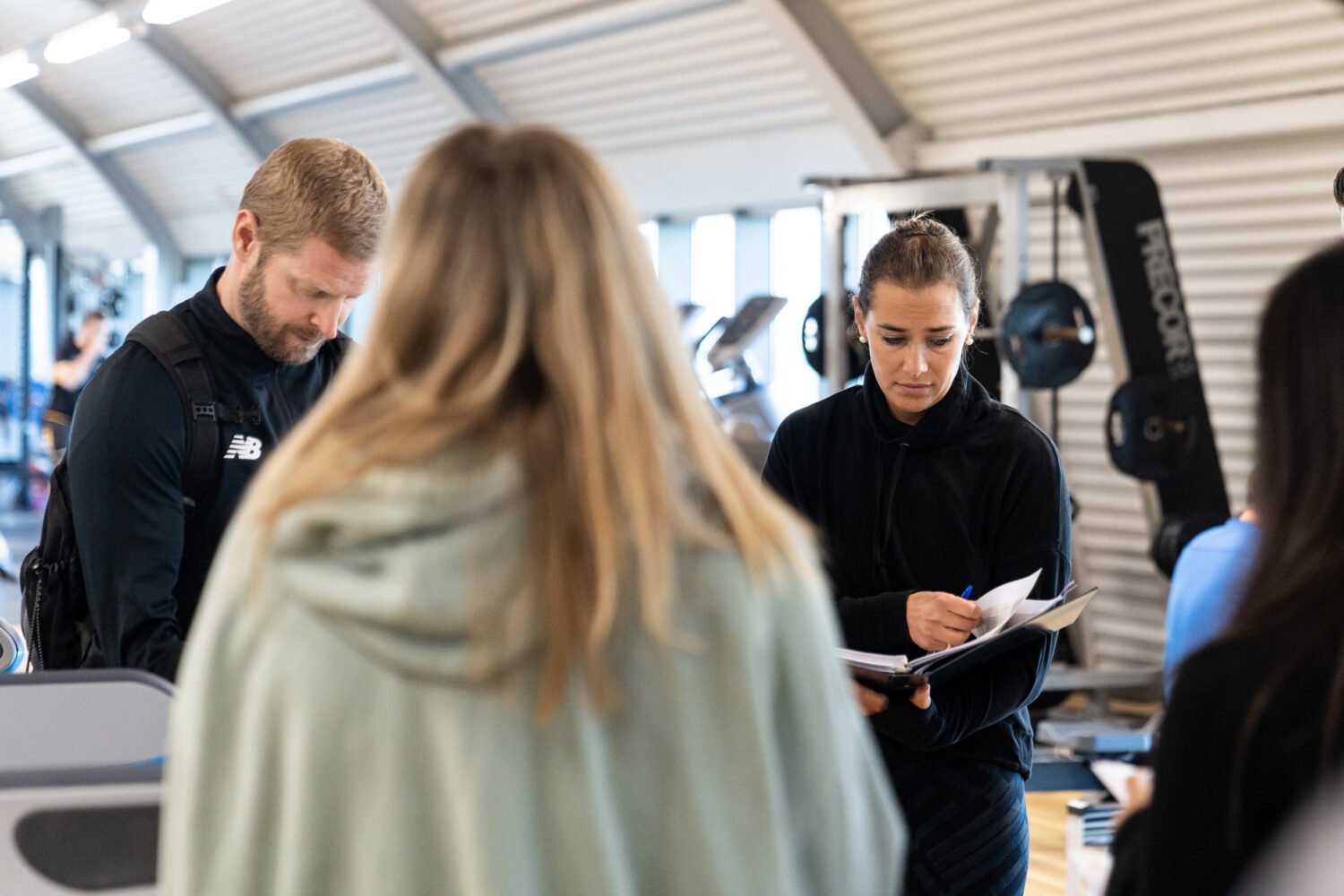
Gym instructors (also known as fitness instructors) help gym members to achieve their health and fitness goals.
£17,000 – £19,500 (If London-Based)
Essential:
Desirable:
As you would expect, gym instructors need to have skills centered around safe and effective gym usage.
This includes knowing how to use and instruct people on every single gym machine. They should also know how to deliver safe and effective group exercise classes.
Since gym instructors will be interacting with members all day, the best gym instructors tend to be outgoing, talkative, energetic, observant and hard-working.
You’ll need:
If you’re employed by a gym or fitness center then they will have their own insurance, so having your own is not essential. With that said, since insurance is fairly low cost it can be useful to take out insurance anyway to cover you for a variety of issues.
Most gym instructors tend to work on shift patterns, which provides flexibility, but can also mean early mornings and late nights.
At its best, the work of a gym instructor can make a huge difference in members’ lives. On the other hand, it can also involve wiping down sweaty exercise equipment at 10 pm on a Friday night.
Gym instructors most commonly progress into becoming personal trainers. There are also options to move into gym management roles within various clubs.

A Personal Trainer creates one-on-one health and fitness programs to help clients achieve specific health and fitness goals. Personal Trainers will instruct and advise clients on the best way to use fitness equipment, weights and teach clients through fitness classes.
An average employed personal trainer earns in the region of £20,000-£24,000 per year.
Essential:
Desirable/Optional:
As you would expect, personal trainers need to have skills centered around helping people achieve health and fitness goals. This includes knowing how to design individualized exercise programs and how to coach people through the exercises on those programs. Trainers should also know how to build rapport and maintain client relationships
Since personal trainers will be interacting with clients all day, the best PT’s tend to be outgoing, talkative, energetic, caring and hard-working.
Since you’re employed by the gym or fitness center directly, they will have their own insurance, so having your own is not essential. With that said, since insurance is fairly low cost it can be useful to take out insurance anyway to cover you for a variety of issues.
Most employed personal trainers tend to work on shift patterns based on the busy hours of the gym (6am-9pm, and 5pm-8pm). This provides flexibility, but can also mean early mornings and late nights.
At its best, the work of a personal trainer can make a huge difference in clients’ lives. On the other hand, it can also involve a lot of frustration when trying to get difficult clients to change longstanding bad habits.
Employed personal trainers can progress into self-employment or set up their own business. There are also opportunities within gym management and tutor/educator roles.

A Personal Trainer who works freelance or owns their own business will, similarly to an employed PT, work 1:1 with clients. They can provide a much higher level of support to help individuals reach their goals and create a more valuable experience.
Most commonly, PT’s work on a freelance or self-employed basis, often paying ‘rent’ to a gym in order to use their space and talk to the gym’s members. A self-employed personal trainer might also take their training online and run classes over Zoom or Skype. They could even set up a subscription service on their website for on-demand training videos.
A self-employed PT’s salary is highly variable (£12,000 to £50,000) depending on the number of clients, experience and location.
The average salary of a self-employed PT is £27,000.
Essential:
Desirable/Optional:
As you would expect, personal trainers are expected to have skills centred around helping people achieve health and fitness goals. This includes knowing how to design individualised exercise programmes and how to coach people through the exercises on those programmes. Trainers should also know how to build rapport and maintain client relationships.
Since personal trainers will be interacting with clients all day, the best PT’s tend to be outgoing, talkative, energetic, caring and hard-working.
Good quality insurance is essential for self-employed/freelance personal trainers. This should include public liability, professional indemnity, personal accident cover, loss of earnings cover and sports equipment cover (if you’re using any of your own kits)
Most freelance/self-employed personal trainers tend to work based on when their clients can get to the gym. For most people, this means before and after work, so expect most of your sessions to be delivered 6 am-9 pm and 5 pm-8 pm.
At its best, the work of a personal trainer can make a huge difference in clients’ lives and having control over your own business is fantastic. On the other hand, you can also find yourself paying for increasing gym ‘rents’ whilst struggling to find new clients.
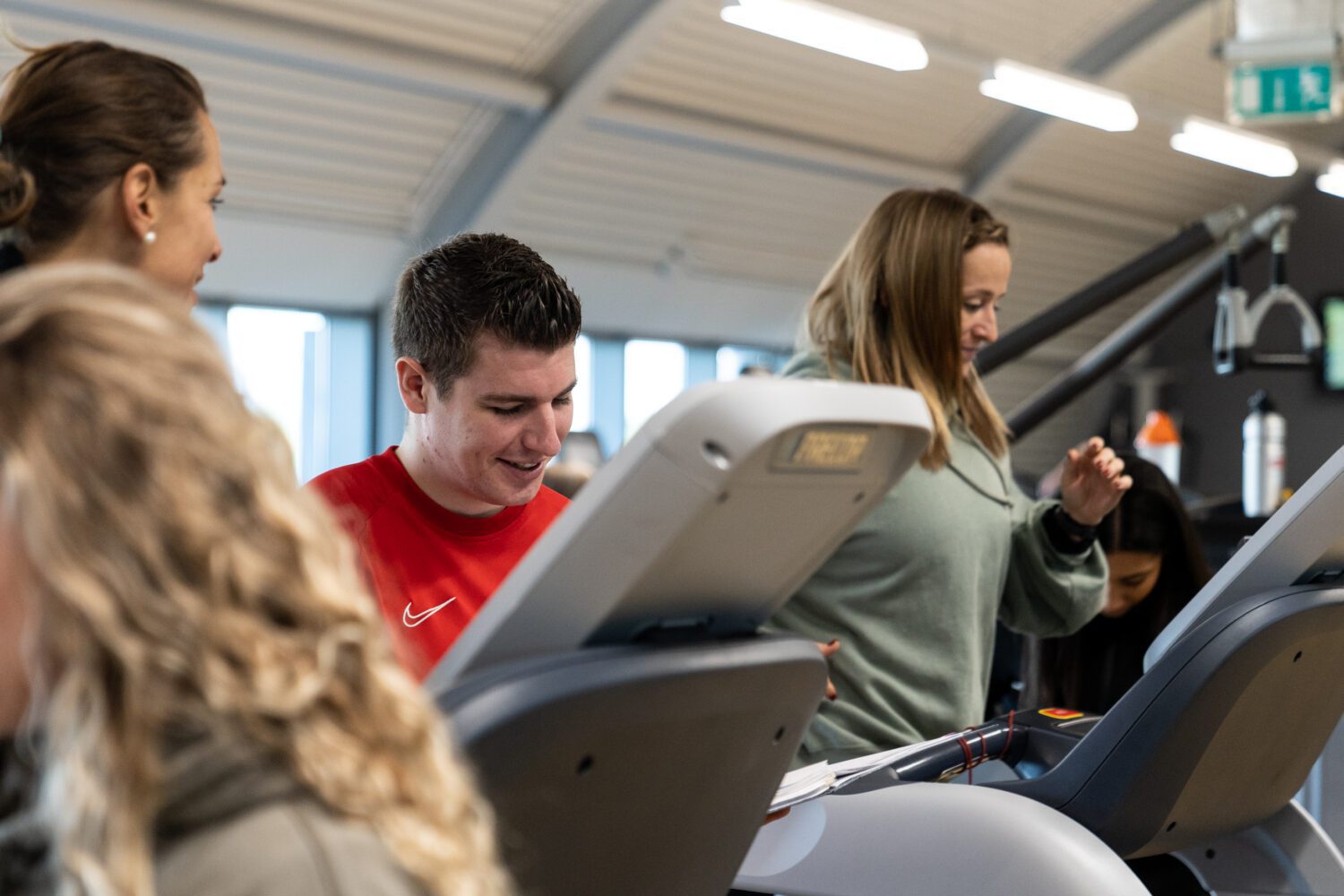
Self-employed personal trainers can progress into setting up their own training studio or even opening their own gym. There are also opportunities within gym management and tutor/educator roles.
Getting employed as a personal trainer in a gym or health and fitness centre is a great way to build a client base and gain skills after you’ve completed your course. There is, somewhat, more stability than running your own business, but your hours and pay will be capped by the gym you are working for.
The best step to take to becoming an employed personal trainer is to gain your Level 3 qualification from an industry recognised training provider. This will not only give you the necessary skills you will use every day in your career but set you apart from other applicants – it really can be about who you know as well as what you know!
Equally, completing CPD courses can be a great way to stand out as a PT when applying for jobs. According to Raising the Bar, 92% of employers had to provide additional training to their new staff to ensure they are work-ready. If you can show you’re already trained to a high standard and are up to date with training, you’ll be ahead of the game!
Being self-employed comes with plenty of challenges, but also allows you the ultimate flexibility of where you work, how you work, and how much you can earn. Like being an employed PT, you will need to demonstrate to clients that you are the best in the business, have trained with a good course provider, and are up to date with the latest CPD courses and standards. Beyond this, the jobs differ quite a lot!
As a self-employed personal trainer you are your own business, and so will need to make sure you are registered with HMRC, CIMSPA, and have a way of keeping track of your finances (either an accountant or apps like Quickbooks). You will also need to make sure you have the right level of insurance for how you are working (from home, from a gym, online, with other staff etc.)
Personally, you will need to be resilient, a good motivator, as well as a good businessperson who can remain organised; it’s not just about being great at fitness.
You can work for a variety of health and fitness centres; it’s a good idea to think outside the box rather than limiting your job search to gyms only. Good places to look for personal trainer careers are:
You could also be employed by a fitness company to be a resident expert for blogs, articles, and podcasts. These fitness companies are looking to recruit staff and pay for the skills of the professional to join the team – this is what is called staff augmentation, or outstaffing.
Working in London and bigger cities tend to have a higher pay scale for these career options, but that doesn’t mean London is the only option. If you are self-employed, you can work anywhere there is space and the equipment you need, as long as you are properly insured.
With the rise of online training, the need to rent an expensive studio space or work for a large company is lessened. As long as you have space in your home, you can run sessions from anywhere, and to anyone with an internet connection. This can be a great side-hustle if you are a part-time personal trainer.
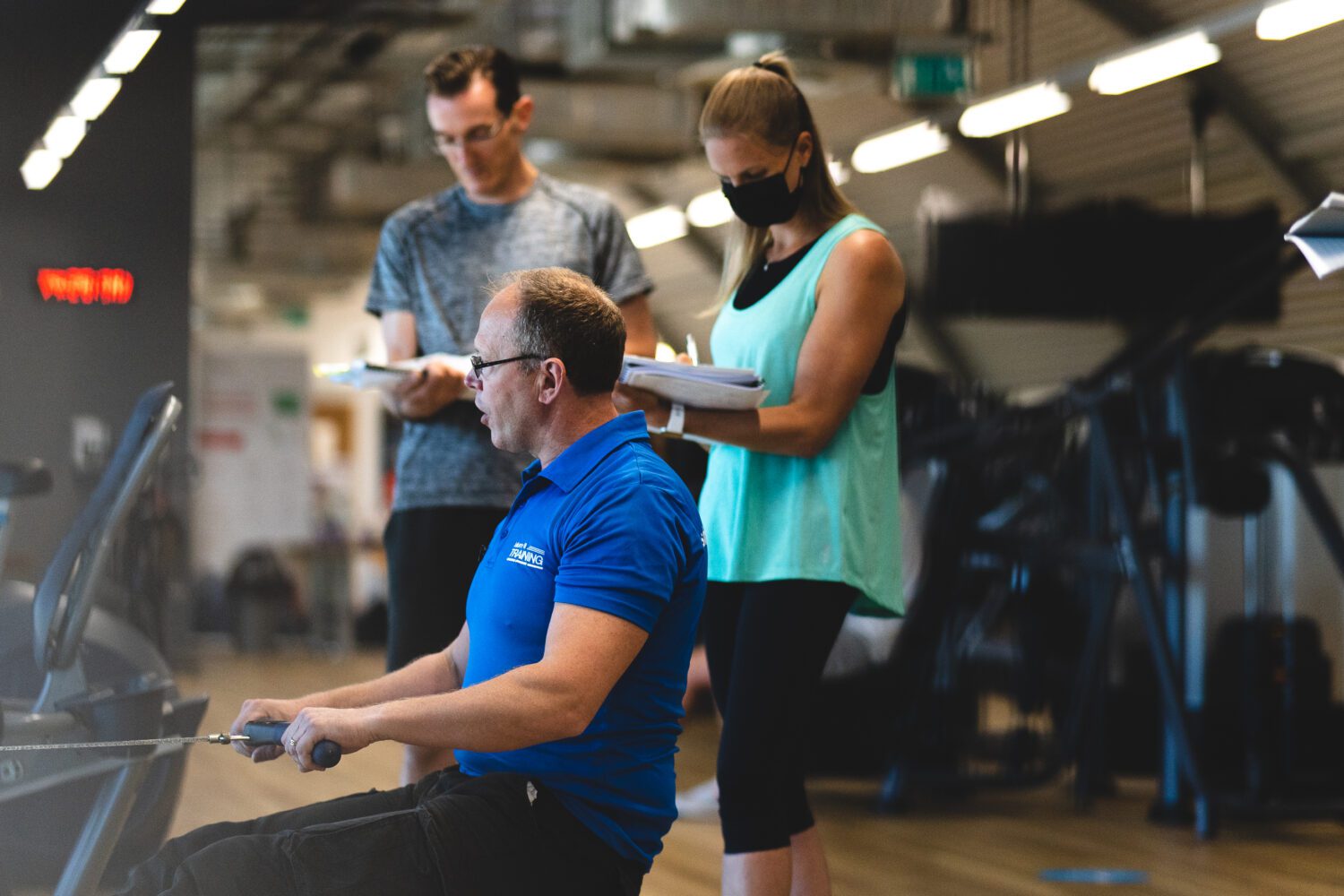
Initial Considerations:
What to Look Out For